Tips From a Pro: Shoot Better Food Photography
Top culinary photographer Yunhee Kim on shooting everything from chicken to eggs
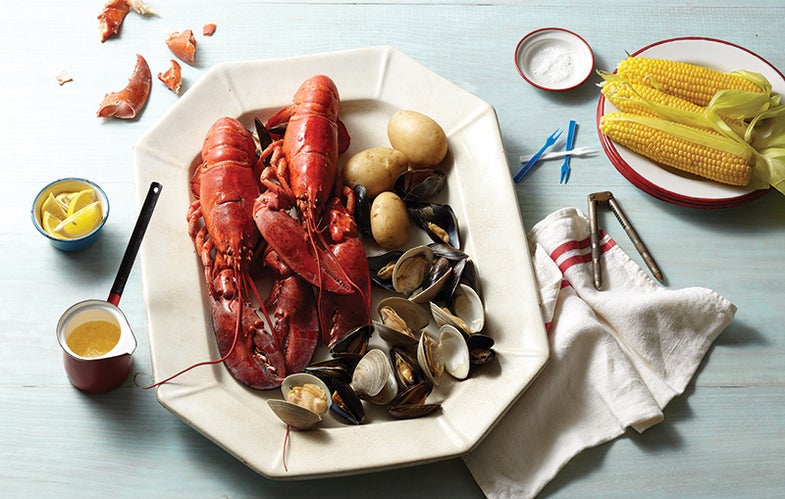
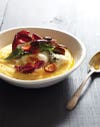
Fabulous Food
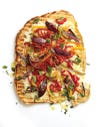
Fabulous Food
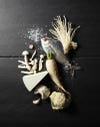
Fabulous Food
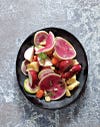
Fabulous Food
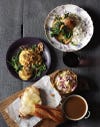
Fabulous Food
**Your pictures are making me hungry. How do you do that with images? **
The recipe is number one. My job is to make my subjects look amazing, and it helps if I start with a great recipe and great looking food. But if the recipe isn’t working, then my lighting and props can come to the rescue. Props are especially important when I am shooting an unexceptional recipe—showing a table that looks like someone really set it, or including a bit of a dish makes the food look better. Good composition helps, too.
How do you plan your compositions?
If you want your photograph to be all about the food and the recipe, overhead angles work well. A table setting with a straight-on perspective focuses more on the mood, inviting people to sit down and eat. Certain angles are better for some foods. A three-quarter angle, for example, always works for lasagna because you see the layers and a little bit of the top…
**How do you prepare for a shoot? **
While the food stylist is cooking, I test the composition and lighting with props. Timing is very important: If the food looks cold, then it doesn’t look tasty, so food always comes at the last minute. Preparation takes a very long time but the shooting itself is really fast.
Who else do you work with?
On set we have a food stylist and a prop stylist who handles the dishes and background. We’re always working together. Before the shoot we have an idea, and we also discuss with the clients what they want. I imagine from my side how to present that, and on set I direct the overall process and work with the prop stylist on different possibilities and arrangements.
What gear do you use?
I shoot with a Canon EOS 5D Mark II and a 90mm f/2.8 Canon TS-E tilt-shift lens and also a zoom lens, a 24–105mm f/4L Canon EF IS. I like using natural light, but if the situation isn’t working—if there’s no window or the weather’s bad—then I use two Profoto Pro-8a 2400 power packs and sometimes two or three ProHead Plus light heads with sheer on the heads. I only use more than two light heads when shooting a big table setting with at least five dishes and a big background.
Before a shoot, I check the weather frequently and decide whether I’ll use daylight or strobes. But sometimes it depends on the job: If you have eight or ten dishes, artificial light is faster than using window light, which changes and can keep things from looking consistent.
How do you decide on your aperture?
It depends what the project is for. Cookbook pictures serve to bring attention to the food and the recipe, so when I’m shooting for a cookbook, a shallow depth of field allows me to home in on certain aspects of the dish and let most of the background go out of focus. For magazine photographs, it’s usually all about telling a story with props and styling too, so there I’ll use a deeper depth of field.
What’s your postproduction process like?
I use Phase One Capture One 6, and sometimes I’ll fix color a little bit, but I don’t really do anything crazy. I try to make it look very natural, but if it doesn’t look good the client, the magazine staff, or I have to retouch.
What changes when you’re shooting beverages?
Timing is important here too—ice melts in the glass, and with beer you have to get the great foam on top. I prepare more for beer than anything else. I test without it for composition and lighting to get ready, and then I shoot quickly.
I also control the reflection in the glass. When I use window light, I put sheer in front of the window to soften the reflection, and cover the other side with a foam core board so that the glass doesn’t reflect anything else on set. I also get down when I shoot—I don’t want to see myself in the glass.
Some of your photos have styling that looks slapdash. Do you like that?
Yes, I like food that looks natural. Food photography follows trends, and these days it’s all about organic and healthy. Ten or fifteen years ago the food was perfectly styled and lit—it looked a bit artificial. But now it’s more natural, even a little messy: a napkin that’s not perfectly folded, crumbs on the table, a beer with a little bit of overflow. Viewers like that kind of thing because it happens on their own tables too.
What differences are there between your editorial and commercial work?
Editorial people love friendly looking photos; shooting for magazines is more free, more creative—happy accidents are a good thing. But catalogs and advertising are totally different. I did Boar’s Head, the ham, and it’s just one shot with the sandwich all day. They make it different with more ham or different lighting, but it’s just one shot from like 9 a.m. to 8 p.m. It’s all about the simple shot. No props, or minimal props.
What tips would you give for shooting food for the first time?
Photography is all about lighting. No matter what kind of subject, if you have good lighting, everything looks better. So try to find good light: I like high-contrast lighting, but some prefer flat, soft lighting. It’s a matter of personal taste, but you must learn how light works with your subject and how to control it to make the food look delicious. And think about the food before you shoot: the recipe, the color, and even the dishes. Find something charming about your subject, even if it’s just pasta.
What’s the most difficult food to shoot?
Lasagna! A food stylist once told me that making a good-looking lasagna is especially hard because there are many layers, which are not too charming or colorful, and the top is flat and unattractive. Plus, once you cut it, it gets messed up quickly.
**Styling 101 **
We asked Paul Grimes, a food stylist who works frequently with Kim on her shoots, to share some tips for making your grub look its best.
**Prepare: **Get the lighting and props ready before the food arrives on set. The idea is to capture the life of what you’re shooting; freshness will give you a right-out-of-the-oven look.
Think like an artist: Use your knowledge of color. If there are multiple items on a plate, consider how their colors and textures interact. Think of the plate as a blank canvas and the food as your paint.
Consider your plating: Though chefs may be trained to set the protein closest to the diner, you can bend that rule for aesthetic reasons. Plating can also depend on what you’re selling: If you’re making a picture for a chicken company, then make the chicken the star. Most of the time, though, simply think of the plate as an ensemble and try to make everything look good.
**Understand the food****: ** This takes practice and experience. Pasta, for instance, absorbs sauce, so you may need to add more as you shoot. Think about the relationship of the food to the set as well: If something is standing up, will it block the light source or create strange shadows?
**Stay flexible: **You’re trying to capture the lively aspect of a food, so even if ice cream melts, go with it—that’s what ice cream does.
Yunhee Kim came to New York City after graduating from the Rochester Institute of Technology and began her career as a photo assistant. Her love of cooking and eating cemented her commitment to food shooting.